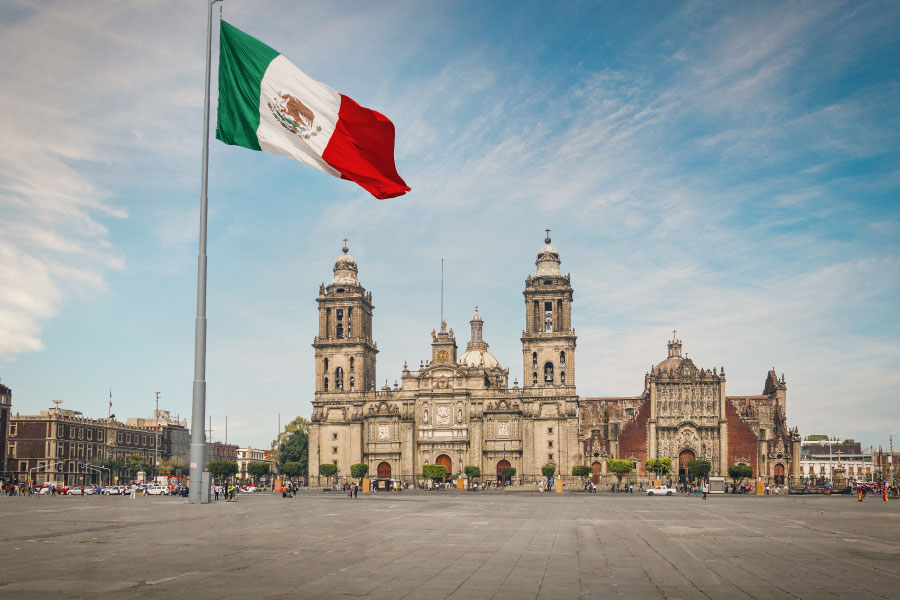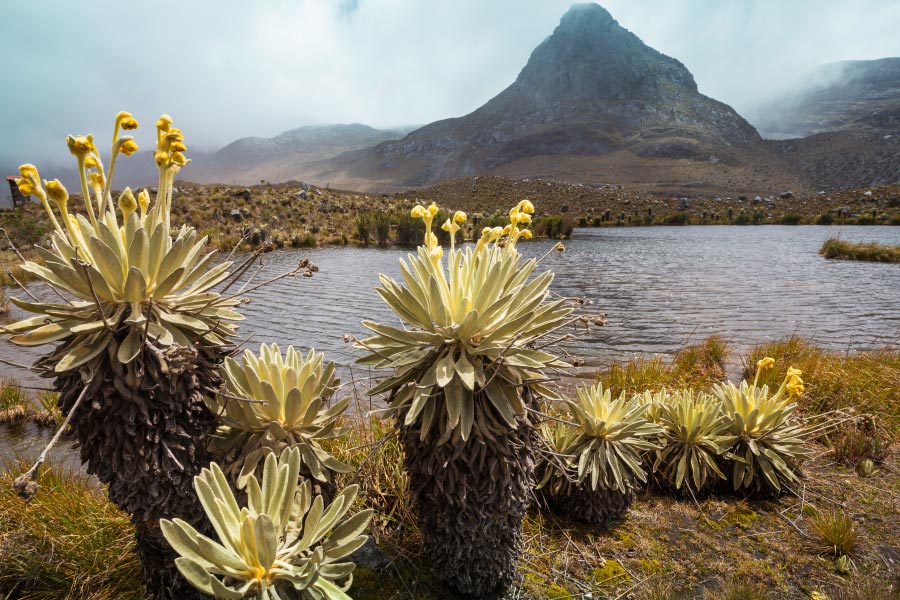
5 countries with the highest per capita water consumption and why

Hello, my friend
Thank you for reading our article and we invite you to visit our blog. Knowing more about the role that water plays in our planet is necessary.
Why do some countries consume more water than others?
Per capita water consumption is a key indicator that reveals a nation’s water habits, and when looking at global data, several countries stand out for their high per capita water consumption.
Before revealing which countries consume the most water per capita, we must understand where this calculation comes from.
How is per capita water consumption calculated?
This calculation is somewhat complex and not exact, as it depends on many variables such as: the economic activity of the country, lifestyle and consumption habits of the inhabitants, climate, availability and access to water.
Now, the data that determines how much water a country spends in a year comes from various sources, such as water authorities, government agencies, utilities and research studies. With that data, the total volume of water used is divided by the total population of that country.
As explained in the previous paragraph, we present an analysis of the five countries that drive their high water use and the reasons behind this phenomenon.

1. United States: 575 liters per day per person
The United States stands out as one of the world’s largest per capita water consumers. This high demand is explained by several factors. First, its considerable population, which exceeds 330 million inhabitants, generates a great need for water for domestic, agricultural and industrial use. In states such as California, it demands large volumes of water for irrigation of crops such as fruits, vegetables and intensive crops such as corn.
In addition, the diversified U.S. economy, which encompasses industries such as manufacturing, energy and technology, requires large amounts of water for industrial and cooling processes. Household consumption is also significant, driven by living habits that include large lawns and gardens, as well as the widespread use of washing machines, dishwashers, and other appliances.

2. Australia: 493 liters per person per day
Australia, being a country with vast areas of desert and arid climate, its water consumption averages 493 liters per day. Australia also consumes a lot of water mainly due to the need for agricultural irrigation in areas such as the southeast of the country, where most of the food production is concentrated.
The Australian lifestyle, characterized by the presence of swimming pools and gardens in many homes, in addition to the high consumption of meat, generates an increased demand for water.

3. Italy: 386 liters per person per day
Known for its rich cultural history and diversified agriculture, Italy has considerable per capita water consumption. Agriculture, especially in southern Italy, is a major contributor due to the extensive irrigation of crops such as olives and vineyards. The industrial sector, which includes the manufacture of automobiles, textiles and food products, also requires large amounts of water.
Tourism, in cities such as Rome and Venice, generates additional pressure on water resources, particularly in coastal areas and popular destinations.
YOU MAY BE INTERESTED IN: The 5 economic activities that consume the most water

4. Japan: 374 liters per day per person
Despite being an island nation with abundant rainfall, Japan experiences high levels of per capita water consumption. The dense urban population and advanced industrial activity are major factors. Manufacturing industries, including technology and automotive, consume large volumes of water for manufacturing and cooling processes.
Japanese culture values hygiene and cleanliness, which is reflected in high water consumption for bathing, household cleaning and laundry.

5. Mexico: 366 liters per person per day
Mexico has a major problem, and that is that its water infrastructure is deficient in terms of water distribution and treatment, which generates significant losses due to leaks and waste.
Mexico, being an agricultural country, also demands about 70% of total water consumption. The production of crops such as corn, beans and sorghum, together with the use of inefficient irrigation systems, contribute significantly to high water consumption.
As the world faces environmental challenges such as climate change and sustainability challenges such as population growth, it is critical to promote responsible water use in all sectors. The development of efficient technologies and sustainable water management practices are key steps towards a future where water is an available and equitable resource for all.




